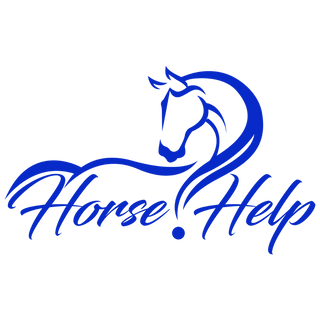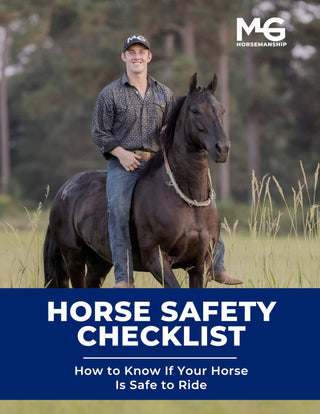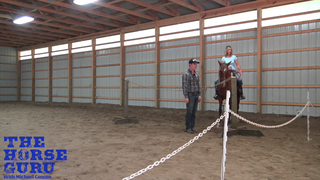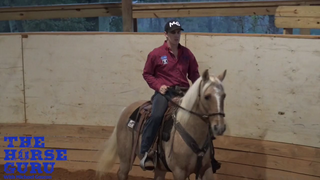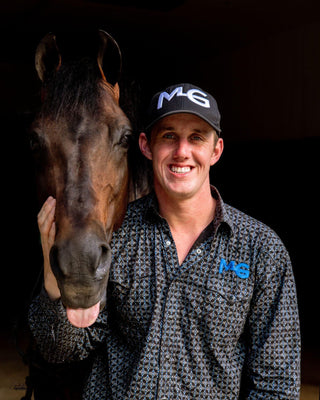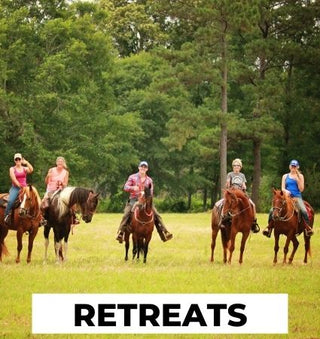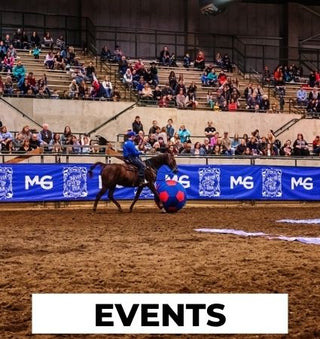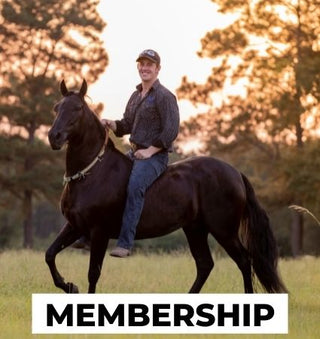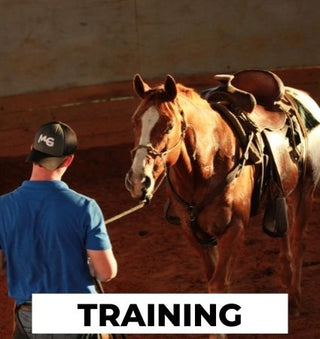Watch the Video Here or continue reading below!
Training a gaited horse to move smoothly instead of pacing takes patience, consistency, and clear communication. In this session with Smokey, part of Michael Gascon’s Respect Series, we dive deeper into breaking up pace, improving softness, and gaining full control of the horse’s body. By Day 2, Smokey already showed major improvements simply because we established one critical foundation: control of the head.
Why Head Control is the Key to Gaited Horse Training
When a horse is resistant, spooky, or stuck in a pace, the issue almost always comes back to lack of control of the head. Without a “steering wheel,” you can’t safely guide your horse through scary situations, ask for a correct gait, or approach obstacles.
-
Day 1 vs. Day 2: On the first day, Smokey resisted giving his face. By Day 2, once he understood how to flex and soften, everything else—from gaiting to obstacles—started to improve.
-
Sensitive hindquarters + softness: A horse that gives his head and yields the hindquarters can be safe on the trail, even with limited training. In contrast, a horse with years under saddle but no softness can still be dangerous.
Flexing in Motion: Loosening a Resistant Horse
One of the fastest ways to break a pace is to teach the horse to flex quickly from side to side.
-
Speed matters: Flex slowly, and a horse may follow with its feet, taking forever to relax. Flex quickly, and it becomes easier for them to stop moving and soften.
-
Reward timing: Release immediately when the horse gives the head. This makes softness the easier choice.
-
Day 2 success: Smokey moved with more balance and confidence, giving his face while also driving forward into the gait.
How to Help a Pacey Horse Find a Smooth Gait
A pacing horse feels rough, unbalanced, and resistant. Once they soften and carry themselves correctly, that roughness disappears into a smooth, even four-beat gait.
-
Rider position: Shoulders back, hands low, heels squeezing—these cues encourage balance and relaxation.
-
Confidence builds speed: The more comfortable Smokey became, the faster and smoother his gait got, without losing rhythm.
-
Breaking pace with side passing: If a horse slips back into pace, you can side pass or leg yield to break up the stiffness and reset the rhythm.
Obstacle Training and Respect
Many riders struggle with “spooky” horses at obstacle challenges. But the problem is rarely the obstacle—it’s the lack of steering control.
-
No horse can refuse a push obstacle (something they must go over, under, or through) if the rider controls both the front and hindquarters.
-
Head control redirects fear: If a horse spooks, bend the head and move the hindquarters until the horse is facing the obstacle again. This makes avoidance impossible.
-
Side passing with motion: Teaching side pass while moving forward helps prepare horses for real-life obstacles, where slow step-by-step training isn’t practical.
Speed Control: Who Decides the Pace?
One of the most common rider mistakes is letting the horse dictate speed. Whether it’s walking too fast or locking into a pace, the horse must respect the rider’s cues.
-
Creep walk exercise: If Smokey rushed the walk, he was flexed and corrected until he settled into a slow, controlled walk.
-
Respect vs. nagging: Riders often nag with constant pressure. Instead, make corrections firm and clear, then release completely when the horse complies.
-
Consistency builds reliability: A respectful horse will walk one mile per hour if asked, or gait faster when cued—without resistance.
Why Breaking Up Pace Improves the Whole Horse
Pacing is more than a gait issue—it’s a symptom of tension. A horse that paces is usually tight, nervous, and reactive. By teaching softness, giving to the bridle, and controlling the body, you create a horse that is:
-
Smoother to ride
-
Calmer in the mind
-
More confident in obstacles and trail riding
-
Responsive to both slow and fast cues
Smokey showed this transformation by Day 2. With more softness and respect, he shifted from being resistant and unbalanced to smooth, confident, and ready to progress.
Final Thoughts
Breaking up pace in gaited horses isn’t about force—it’s about teaching respect, softness, and timing of release. Once you have control of the head and hindquarters, everything else—gait, obstacles, trail riding—falls into place.
The Respect Series lays the foundation for every problem you may face with your horse. As Smokey proved, when you fix the root issue—lack of softness—you fix spookiness, resistance, and pace all at once.
